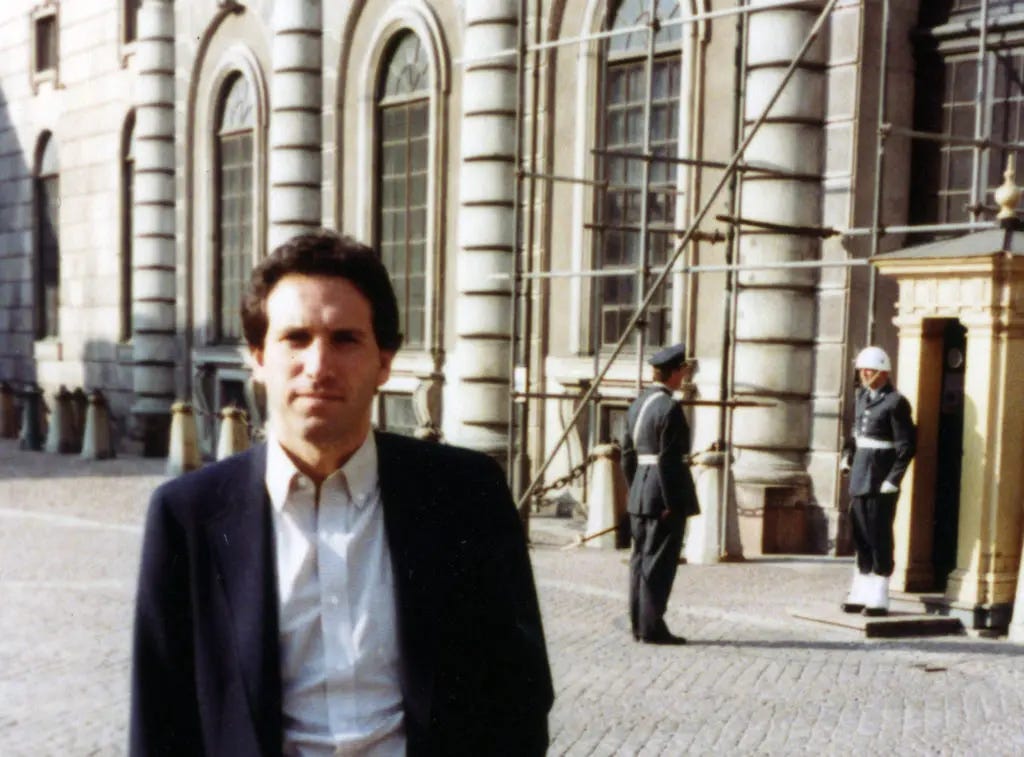I Sold Starbucks, Here is Why...☕
Only fools stay same in the face of changing events. Starbucks still have good fundamentals but something is broken...
This picture changed the coffee shop industry forever:
This is Howard Schultz on his trip to Italy in 1983.
After he returned to the US, he turned Starbucks into the first truly global coffee shop chain.
What made Starbucks so big?
I think the answer to this question is the investment thesis itself for Starbucks.
Literally, think about it. Starbucks was not …



